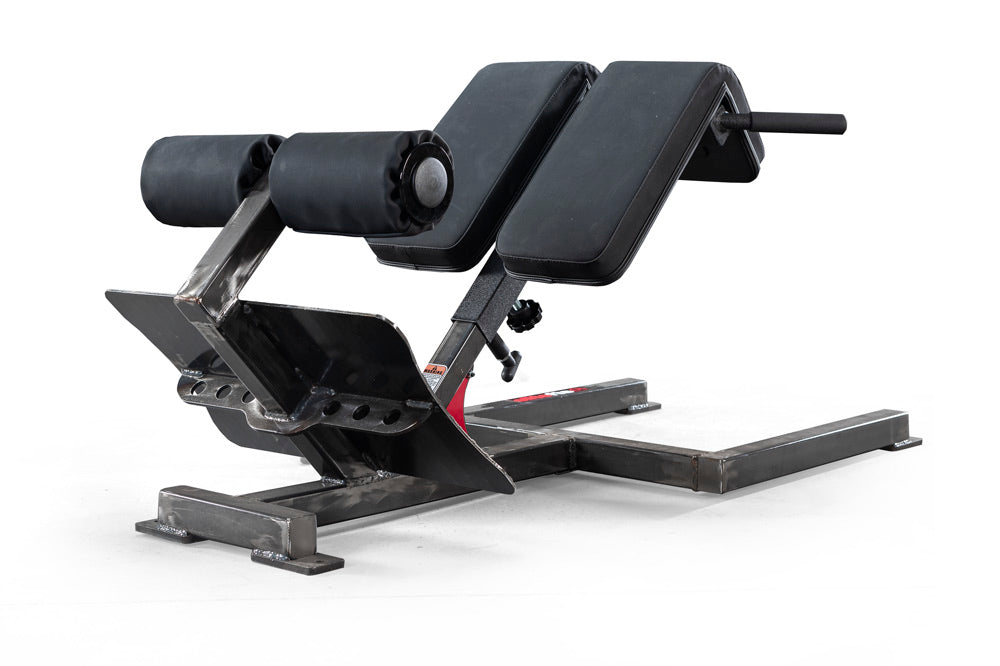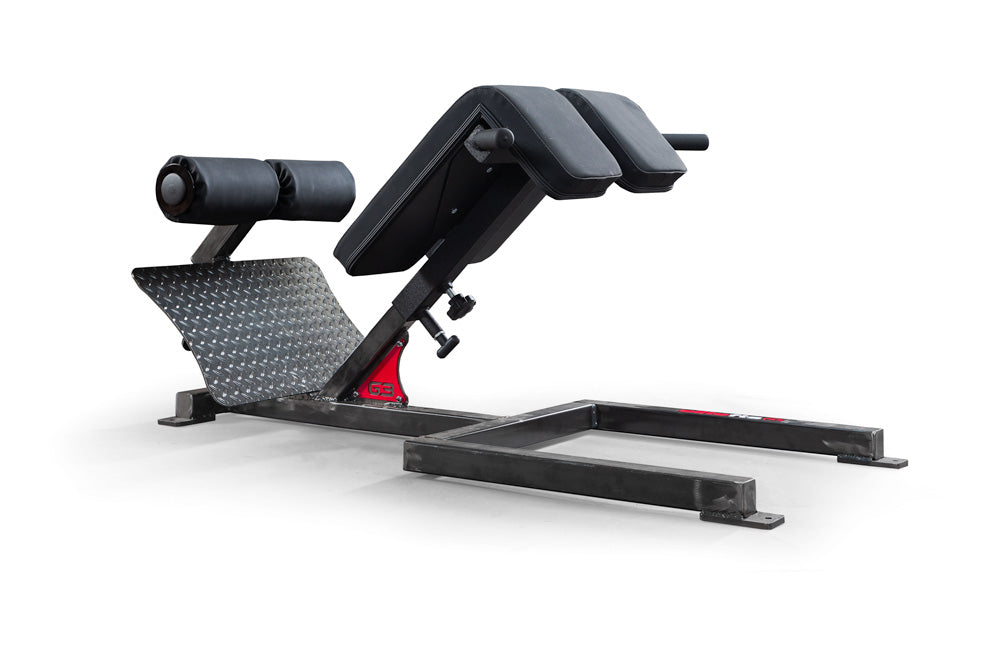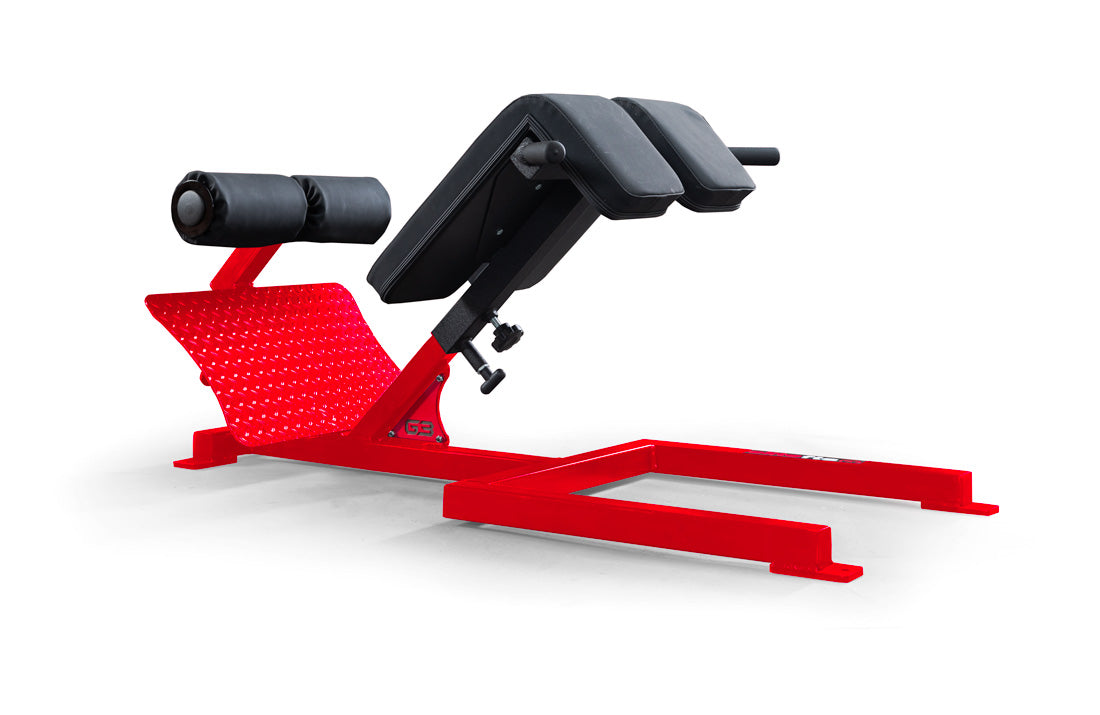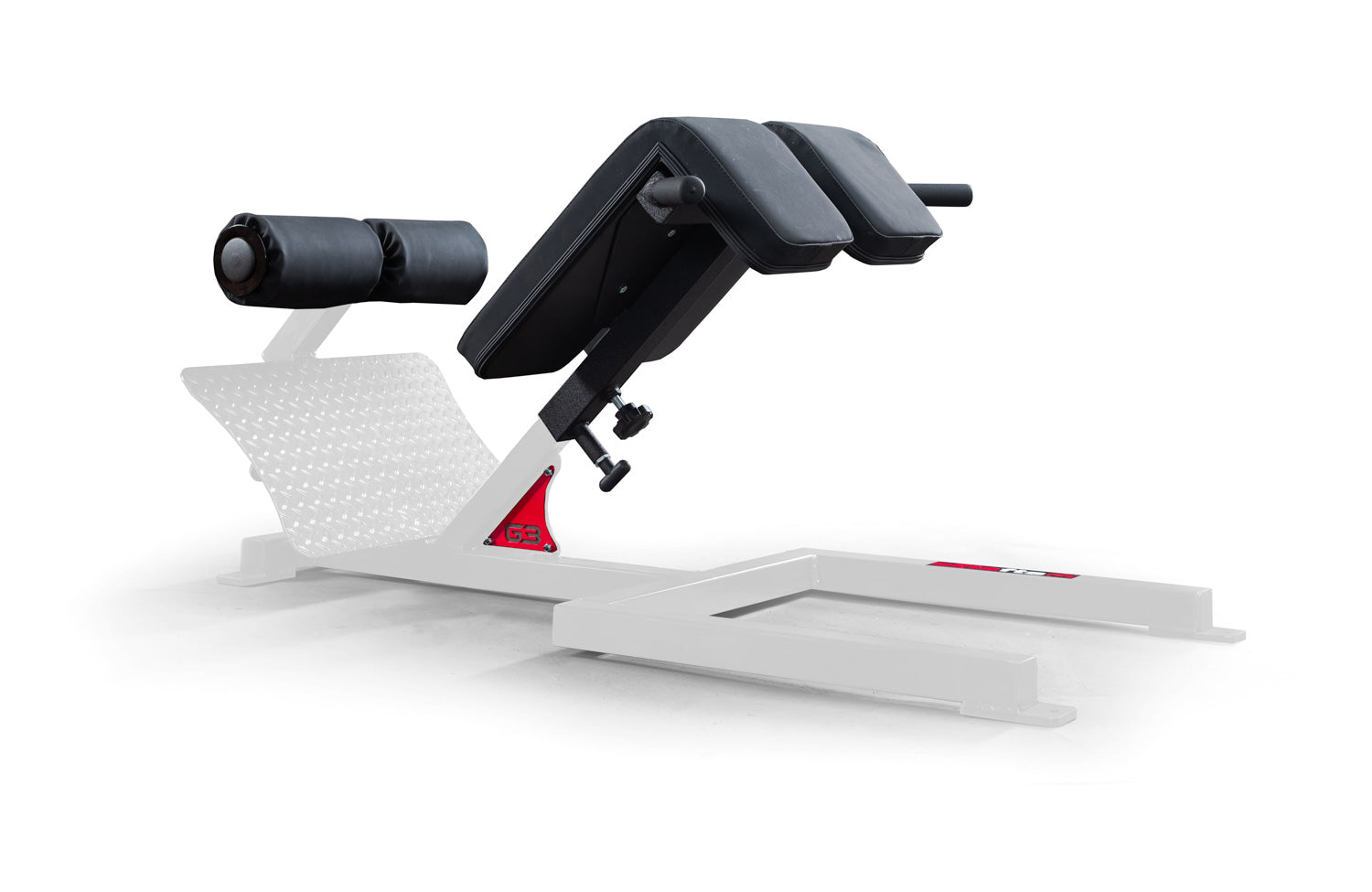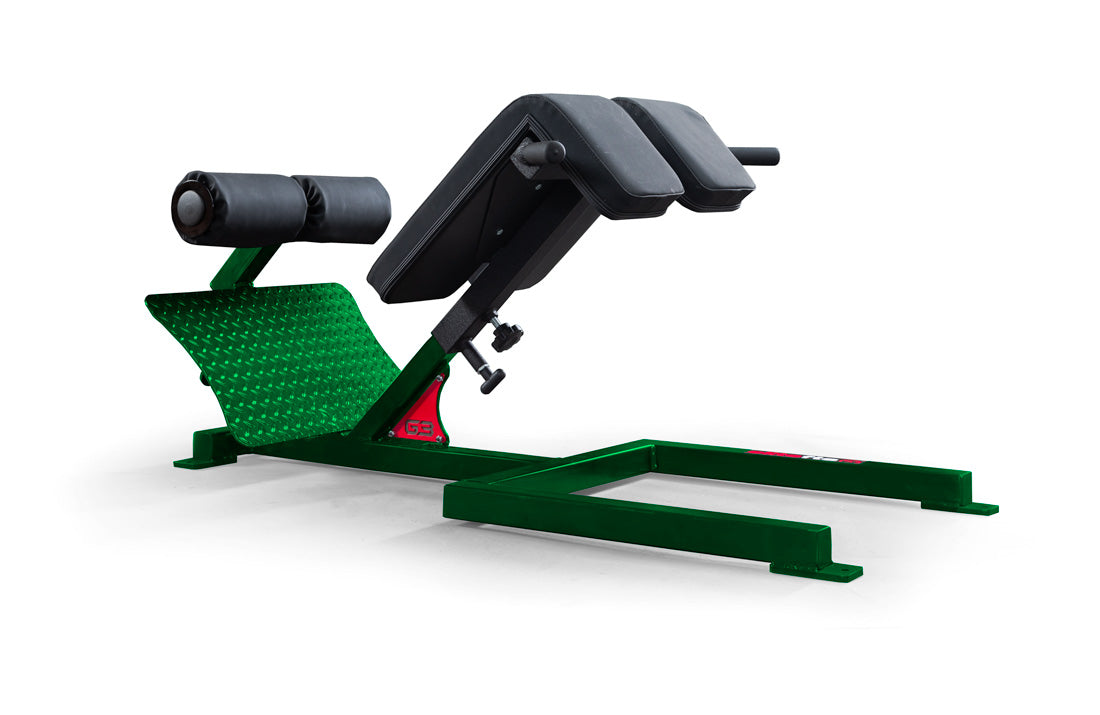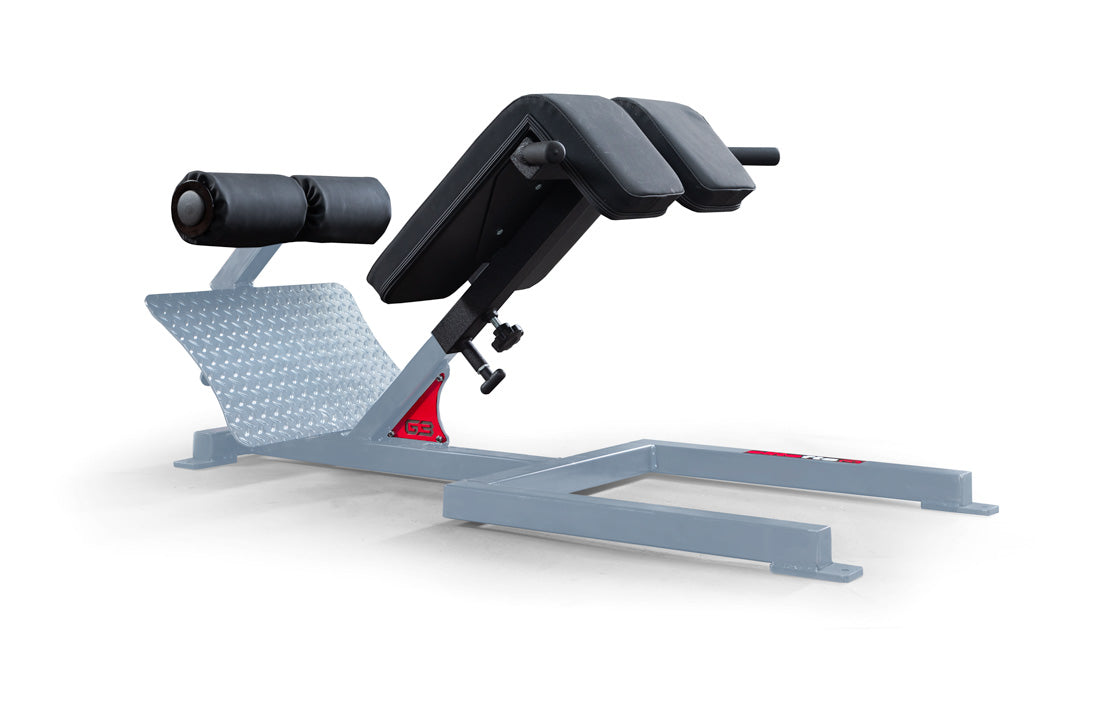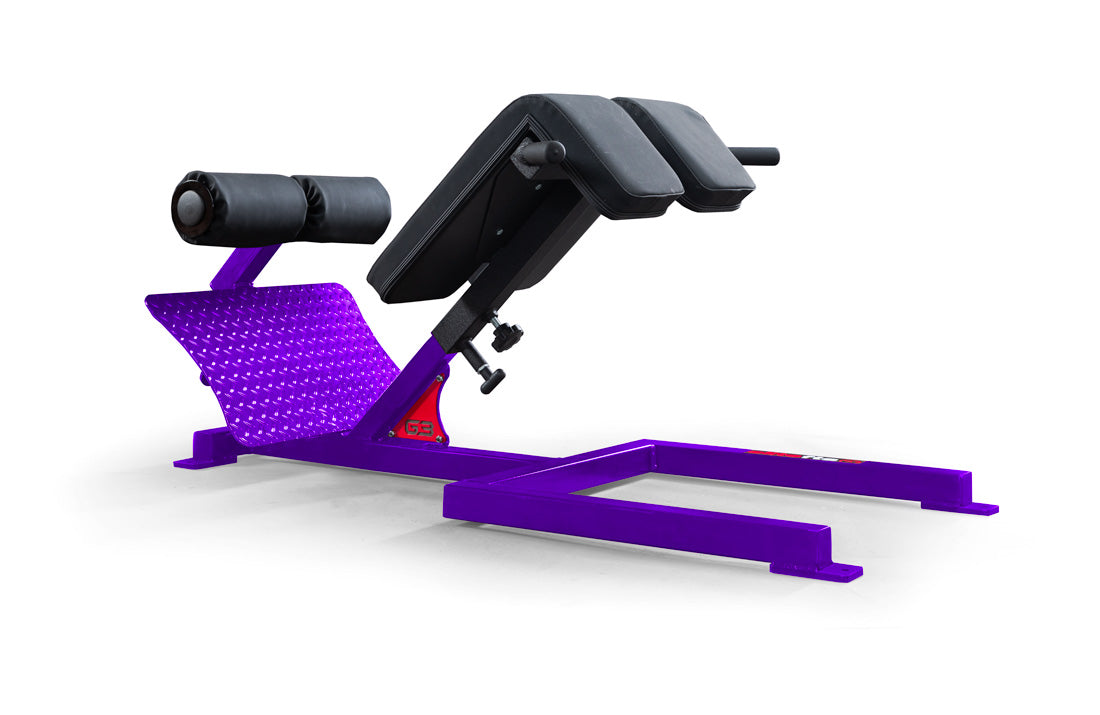Inspired by my Table Talk Podcast with Dr. Dwayne Jackson
When most people think about progress in strength training, they picture the obvious: a well-written program, good nutrition, and consistent time under the bar. But as Dr. Dwayne Jackson and I discussed in our recent Table Talk episode, those physical elements are just one part of a much bigger picture.
The reality is that strength, resilience, and long-term performance aren’t built on biology alone. They’re shaped by the Biopsychosocial Model, a framework that examines how biological, psychological, and social factors work together to influence not just athletic performance but overall well-being.
This model isn’t new in sports science and rehab, but applying it directly to strength and conditioning can completely change how athletes train, recover, and adapt throughout their careers.

1. Biological Factors — The Hardware of Performance
This is the part most lifters already understand and measure:
-
Genetics — Your foundation: muscle fiber composition, limb length, tendon insertion points, and recovery potential. You can’t change these, but you can work with them.
-
Physiology — Cardiovascular health, muscular endurance, energy systems, and hormonal status all affect how well one adapts to training.
-
Injury History — Every injury leaves a footprint, including altered movement patterns, mobility restrictions, or psychological hesitation under load.
-
Nutrition — Quality fuel supports recovery, muscle growth, and hormonal balance. Poor nutrition holds you back no matter how hard you train.
In our conversation, Dr. Jackson emphasized that the biological side is measurable and programmable, but it’s also highly influenced by the other two domains. Stress, for example, doesn’t just affect your mood — it can suppress recovery and shift hormonal balance in ways that derail progress.
2. Psychological Factors — The Operating System
The mind drives the body. Even the most genetically gifted athlete will fall short without the right psychological framework.
-
Mental Health — Depression, anxiety, and burnout can sap energy and motivation, leading to inconsistent training.
-
Motivation — The internal “why” that keeps you showing up, even when you don’t feel like it.
-
Cognition — How you process information, take coaching cues, and make real-time adjustments.
-
Behavior — Habits, routines, and the small decisions that compound over weeks, months, and years.
Psychophysiology is a vital bridge — how your psychological state affects your biological responses. Stress isn’t just “in your head.” It changes heart rate variability, hormone secretion, sleep quality, and recovery capacity. That’s why lifters who learn mental resilience and stress regulation often see physical improvements without changing their programming.
3. Social Factors — The Network and Environment
Your environment can make or break your success:
-
Social Support — Training partners who push you, coaches who hold you accountable, and family who understand your time commitment.
-
Cultural Influences — Whether your environment encourages or undermines your sport.
-
Environmental Context — Access to quality equipment, training space, and recovery tools.
-
Socioeconomic Status — Time, money, and resources all affect consistency and opportunity.
Dr. Jackson pointed out that social factors aren’t just about “community” but about shaping the conditions for success. A lifter in a high-performance training culture absorbs those standards almost by osmosis, while a lifter surrounded by low standards will eventually normalize mediocrity.
4. The Intersection — Where Real Performance Lives
The magic happens where biology, psychology, and social context overlap. This zone of overall well-being and performance is where an athlete is physically capable, mentally sharp, and socially supported.
Neglect one, and the system breaks down:
-
A lifter with perfect physical prep but poor mental health will plateau or burn out.
-
A mentally strong athlete with no access to equipment or coaching will stall.
-
A lifter with great social support but chronic injuries will be constantly rebuilding rather than progressing.
Applying the Model to Your Training
The Biopsychosocial Model isn’t just theory — it’s a practical roadmap. Ask yourself:
-
Biological: Am I training according to my recovery capacity, injury history, and nutrition status?
-
Psychological: Do I have motivation, stress regulation, and focus strategies?
-
Social: Am I in an environment that challenges and supports me?
The answers will highlight the weak links holding back your performance.
Why Lifters Need This Perspective
Strength training is a long game. You’re not just trying to be strong next month — you’re trying to stay strong for decades. That means your hardware, operating system, and network must be maintained and upgraded over time.
As Dr. Jackson said during our discussion, “You can’t separate the mind from the body, and you can’t separate the body from its environment. They all work together — whether you like it or not.”
🎥 Watch the Full Conversation with Dr. Dwayne Jackson
We dive deep into the Biopsychosocial Model, performance psychology, and long-term athlete development.
About Dr. Dwayne Jackson
Dr. Dwayne N. Jackson is a neuroscientist, exercise physiologist, and nutrition researcher with over two decades of experience studying the intersections of human performance, health, and recovery. He earned his PhD in Neurovascular Physiology from the University of Western Ontario and served as a tenured professor. Dr. Jackson’s research spans exercise metabolism, cardiovascular health, hormonal regulation, and the biopsychosocial factors influencing athletic performance. Beyond academia, he is a seasoned coach, consultant, and competitive athlete, blending science and practical application to help individuals achieve their peak potential in sport and life.
















































